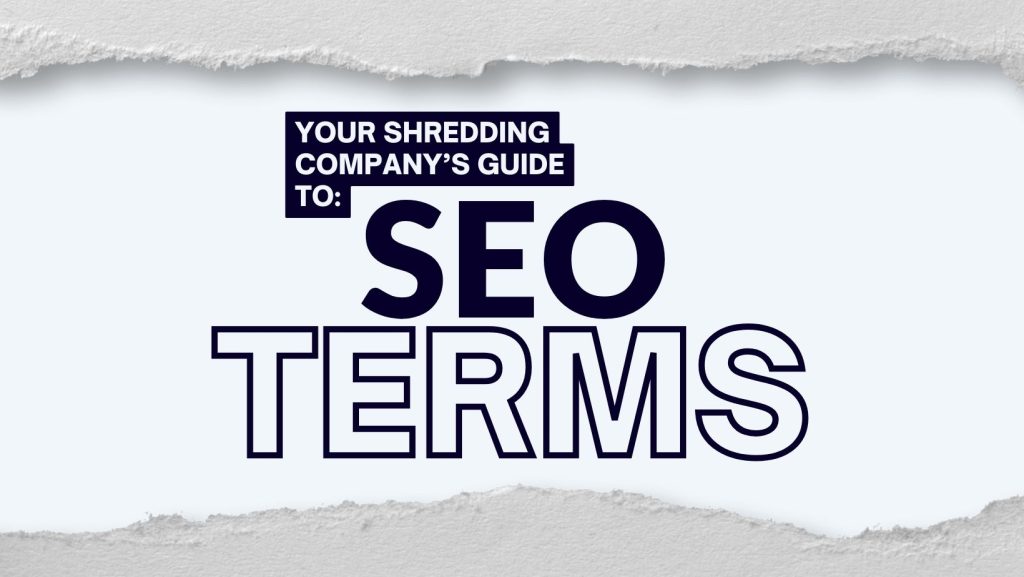It’s a staggering fact but 90% of websites will never make it to the first page of search engine results. While most business owners have realized the power of a website, understanding the value of being found on search engines is still dragging behind.
If you are not achieving top page rankings you are fighting a tough battle, as it is rare that people will search past the first page results; if you are lucky they might search two or three pages deep. If you need some proof to this statement, just ask yourself: How often do I search past the first page on Google?
So, what are six of the most common mistakes that make websites hard to find? Here they are ranked in no particular order…
Common Mistake #1: No Keywords in Your Domain
Your first instinct when purchasing a domain is usually to get a URL with your company name in it. Well if your company name does not contain any keywords then you are not helping the search engine robots. Why not make it easy on them? Give them some information right away about what your website is about with a good keyword/location filled domain.
Common Mistake #2: Meta Keywords / Meta Descriptions Missing
While the value of meta keywords is not what it used to be in the search engine algorithms, it is still valuable and most websites will completely forget to include this information or it is sparse and inaccurate.
The meta keywords and meta description information appears in between the <head></head> tags of a website. This does not appear on the screen of your browser but search engine robots find this information right away when they come to crawl the website. It’s the key to letting the robots know what this page is about via the keywords inputted and the meta description inputted.
Common Mistake #3: Improper Page Titles
Page titles appear in the top of the browser and help provide the user with a quick bit of information about the page they are visiting. More often than not, you will see something like “Company Name – Page Name.” While that does provide information about the title of the specific page you are on, it does not give the search engine robots much information about what the actual content of the page is, especially if you’ve made common mistake #1. Page titles provide an opportunity to get your keywords into some prime real estate on your page and they get noticed very quickly by the search engine robots.
Common Mistake #4: Embedding Text in Images
This happens a lot with do-it-yourself websites or inexperienced web developers that want to take the quick and easy way out; they will write some text but instead of coding in that text they just save it into an image to make life just a little bit easier. Search engines love text that they can crawl and index. A quick test to see if the text on your website is searchable text is to go to one of your body paragraphs and try to highlight the text. If you cannot highlight the text it is probably embedded into an image, although other factors may be at play as well.
Text that is embedded into images is not searchable and not able to be indexed by search engines, so you lose a lot of valuable keyword space that is not being utilized, especially if there are no ‘alt’ tags on your images.
Common Mistake #5: Missing ‘Alt’ Tags for Content Images
First, let us make a quick distinction between a design image and a content image. A design image is merely an image used to enhance the design of the website such as a colour pattern in the background of your header. A content image is your logo, a picture of you outside your storefront, etc. It can be anything that enhances the user experience and provides them with more information. These images need ‘alt’ tags, simply put, some browsers don’t support images or people have the option of disabling images. If no image loads the visitor needs to know what was in that big empty spot. The ‘alt’ tag is what is displayed if the image does not load.
How does this factor into search engine optimization and your ranking? Well, search engine robots will index the file names of images on your web page but they also look for the ‘alt’ tag associated with the image to learn more about it. If there is nothing in the ‘alt’ tag, you are making the robots work a lot harder to gather less information from the page.
A quick test to see if your content images have alt tags is to hold your mouse over an image and see if a set of words appears next to your mouse icon. If yes, then you have ‘alt’ tags but are they descriptive enough? If nothing comes up you may not have ‘alt’ tags on your images, or your browser is set not to show the ‘alt’ tags on mouse hover.
Common Mistake #6: Improper Keyword Placement
Knowing what your keywords are is another article in itself and will vary from business to business. However, knowing where to place those all important keywords is fairly universal because search engine robots look for certain html tags first and rank them in a specific order. So if you don’t know where to place those keywords it can be pretty tough and if you think you can just throw them anywhere or overstuff them into a sentence the robots will catch on pretty quickly and penalize you for it.
Have a look at your website and ask yourself, “If I didn’t know my company name what words would I search for to find it?” Once you have that answer then look around at your pages, do you see those words on your pages? If the answer is no, you probably don’t have the keywords on your page, if the answer is yes; are they prominent and used effectively?
Ultimately these are just five of the many common mistakes that will hinder any website from achieving good search engine results. Fixing these five mistakes are only a small portion of the puzzle to generating first page results. If you are wondering how you go about fixing these mistakes do not worry, we will not leave you guessing for very long. Call NetGain today for a free website consultation, 1-888-797-2455!


